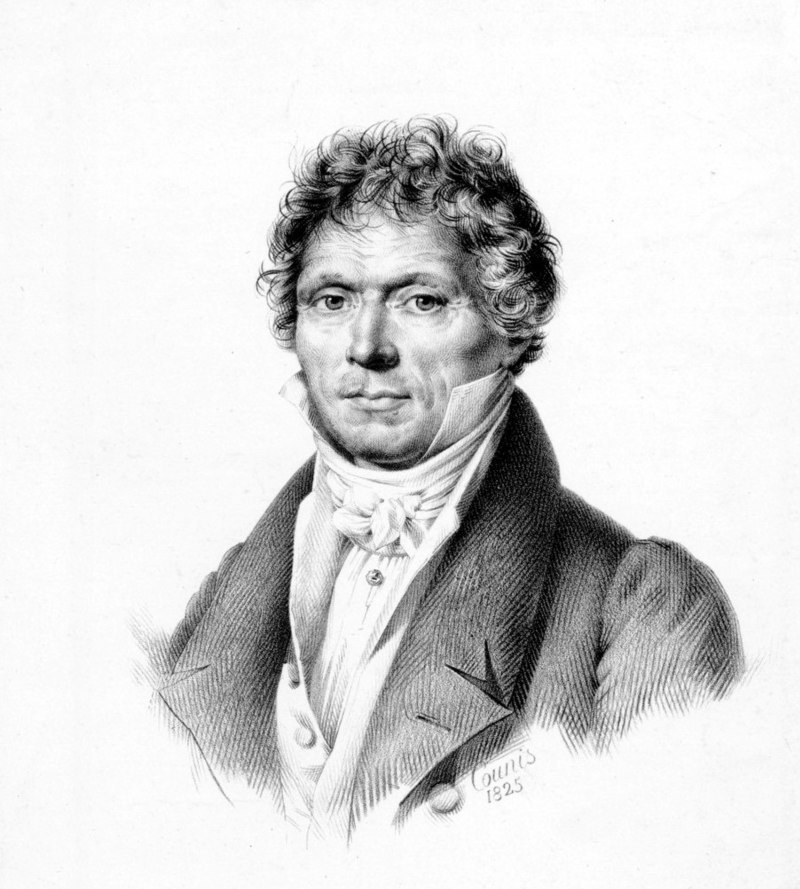Reicha, Woodwind Quintet, Op. 88, No. 2
 I once considered writing my doctoral dissertation on Anton Reicha (1770-1836). For a variety of reasons, that didn’t happen, and I eventually chose a very different topic. But the under-researched Reicha offered plenty of material for a music theorist to sink his teeth into.
I once considered writing my doctoral dissertation on Anton Reicha (1770-1836). For a variety of reasons, that didn’t happen, and I eventually chose a very different topic. But the under-researched Reicha offered plenty of material for a music theorist to sink his teeth into.
Reicha was born in Prague the same year as Beethoven. After running away from home at age 10, he went to live with an uncle who was a professional musician and who provided him with a solid musical education. When the family moved to Bonn in 1785, Reicha joined the Hofkappele and befriended his fellow student Beethoven. After some false starts to his career in Hamburg and Paris, Reicha moved to Vienna in 1801 and there renewed his friendship with Beethoven, studied with Salieri, and enjoyed a more successful composing career.
Reicha moved to Paris in 1808 where he taught composition and ultimately joined the faculty at the Paris Conservatory. His students included Berlioz, Liszt, and Franck. Reicha’s innovative ideas put him at odds with the conservatory’s renowned director Luigi Cherubini. But his advocacy of cutting-edge techniques, in his teaching and theoretical treatises, left its mark on his students.
He is now known primarily for his 25 woodwind quintets. Wind instruments at the time were becoming more technically sophisticated and taking on a more prominent role in the orchestra. But the repertoire for winds was lagging behind. Reicha’s quintets written primarily between 1811 and 1820 explored the virtuosic capabilities of the instruments and the possibilities they offered for expanded orchestral color. These works were no less innovative in their own way than his theoretical writings. Reicha wrote:
At the time there was a dearth not only of good classic music but of any good music for wind instruments, simply because the composers knew little of their technique. The effects which a combination of these instruments could produce had not been explored . . . instruments have been perfected by the addition of keys, but there was no worth while music to show their possibilities. Such was the state of affairs when I conceived the idea of writing a quintet for a combination of the five principal wind instruments (flute, oboe, clarinet, horn, and bassoon).
This performance is of a single movement of Reicha’s opus 88, No. 2 (the finale or fourth movement, not the third as indicated in the YouTube title). If this movement piques your interest, you can hear the Belfiato Quintet’s excellent recording of the complete work along with two other quintets by Reicha at this link.



